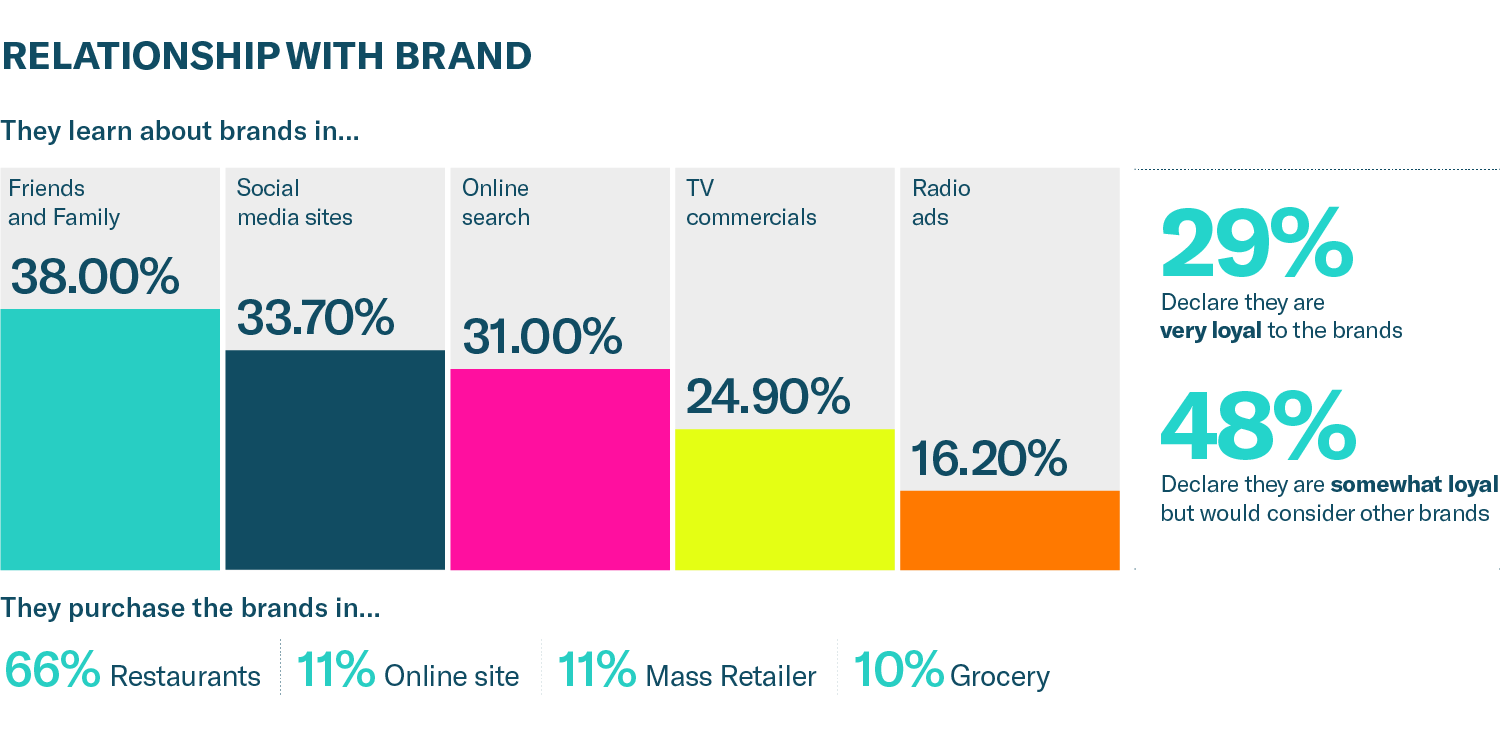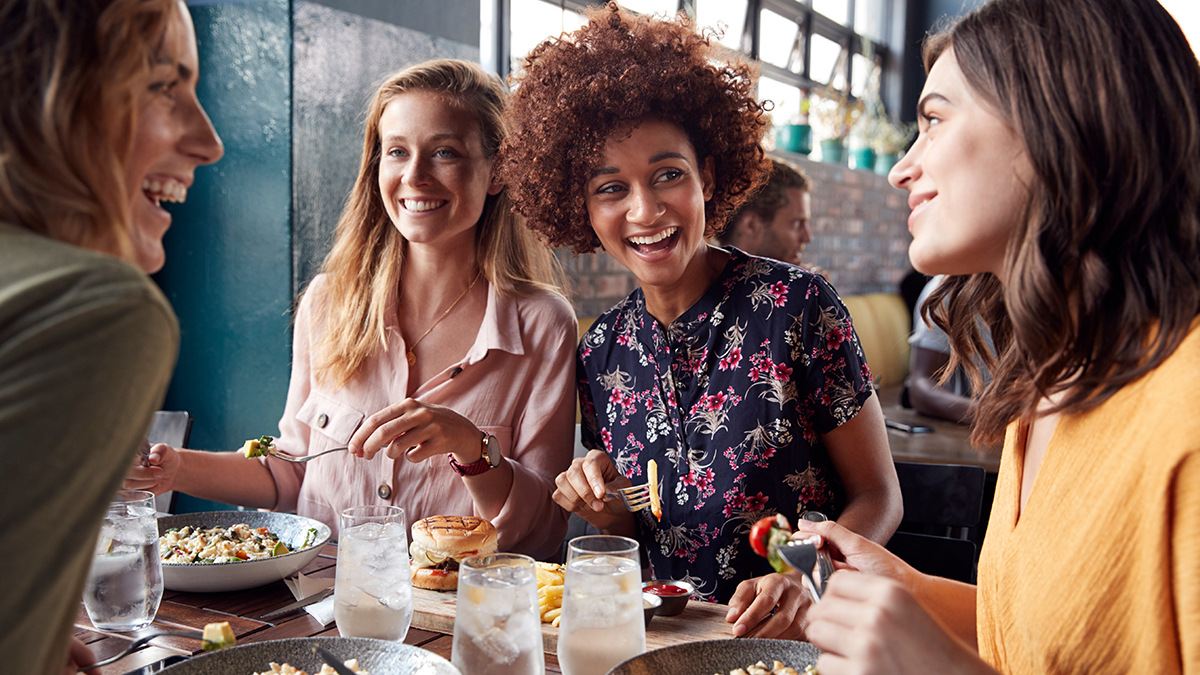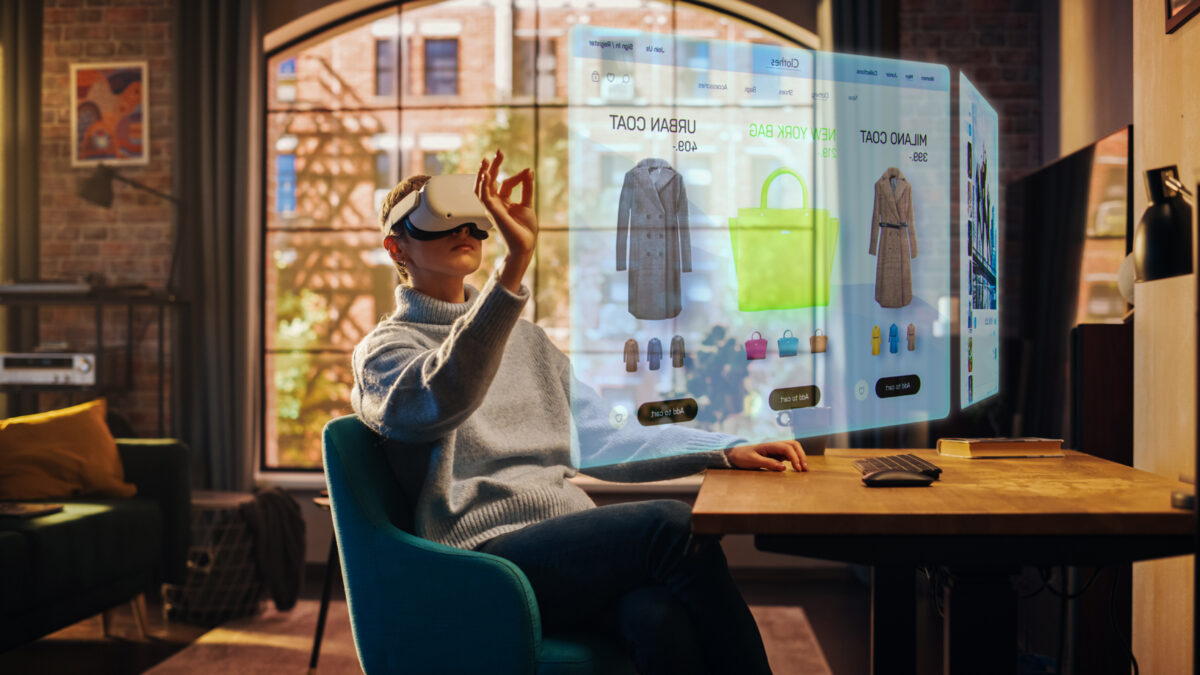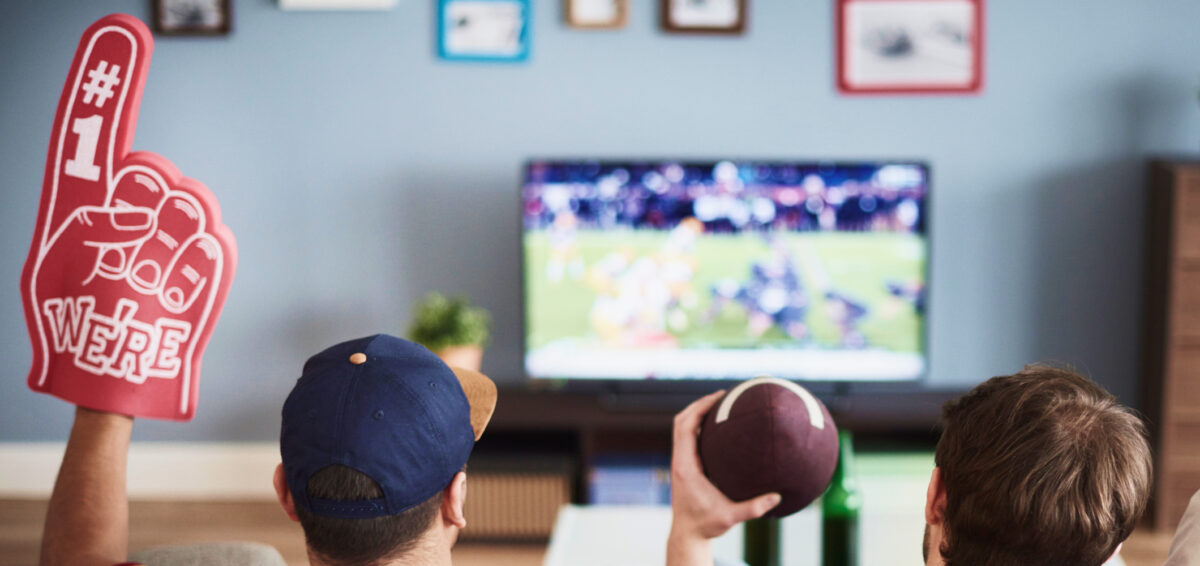As couples tuck into romantic dinners in restaurant booths around the country this Valentine’s Day, it’s an interesting moment to consider just how important the concept of “dining out” has become within our culture. While some people reserve trips to restaurants for special occasions, there’s another group that thinks of dining out altogether differently—and in some cases, an activity to be indulged to the extreme.
Here at Anagram, we’ve identified binge behavior as a key component of culture that has major implications for how marketers connect with consumers around certain products and experiences—including dining out at restaurants and fast-food establishments. To that end, we recently surveyed more than 1,000 self-identified American “bingers” to better understand their binging behavior and its underlying motivations.
Across the board, our research found that binging behavior—be it shopping, drinking, exercising, or streaming TV shows—is rooted in emotional needs, such as the desire to feel better or reduce anxiety. Across all categories of binging behavior, we found that 43 percent of interviewees believe binging has a positive impact on their quality of life, as well as their health and well-being. But how does this change when we drill down specifically into binge behaviors around dining out at restaurants and fast-food establishments? And what should restaurants and fast-food organizations know about this unique group of diners? Let’s explore.
What is Binge Behavior?
Binge behavior, by definition, is marked by a period of excessive indulgence. According to our interviewees, binging is associated with both positive and negative outcomes. On one hand, it allows relaxation and distraction. But on the other hand, it can be associated with dangerous excess and addiction. This dichotomy makes it a particularly interesting yet challenging behavior for brands to understand in the context of their consumers.
Who Are the Binge Diners?
Our survey found that dining out represents the fourth most popular American binging behavior, behind watching or streaming TV shows, spending time on social media, and shopping. Among our 1,000+ interviewees, 38 percent said they have binged on eating out at restaurants or fast-food places (defined as a period of overindulgence while dining out) within the past 12 months, with very little variance seen across genders or socioeconomic groups.
Across age groups, the 18-29 crowd reported the highest level of binge dining behavior at 45 percent, followed by consumers aged 41-55 at 41 percent. A majority of interviewees (57 percent) said their binges were likely to last between 2 and 4 hours, with nearly half of them (49 percent) estimating that they binge on eating out between 3 and 10 times every three months. Most binge diners said they prefer to do so in the company of family, while 31 percent prefer to binge-dine alone.

Why Do They Do It?
When it comes to binge dining, we see that people’s motivations are highly emotional, with 38 percent of interviewees reporting a desire to lift their spirits as their main motivation. Others think of binge dining as an entertainment activity (31 percent), while still others consider it a good reason to socialize with others (28 percent) and a good way to relieve anxiety and stress (27 percent). Another 19 percent go so far as to consider binge eating to be a way of combating depression.

When it comes to the impact that binge dining has on their lives, Americans are split: 34 percent consider it to have a negative impact on their lives, while 29 percent see an overall positive effect. About a third of Americans are considering decreasing or stopping this binging behavior within the next 12 months.
How Can Marketers Connect with Binge Diners?
When it comes to the establishments they frequent, binge diners tend to learn about brands from their friends and family, as well as social media. For restaurants and fast-food brands, this means the value of word of mouth cannot be understated. Furthermore, given that only 29 percent of binge diners say they’re very loyal to brands in this space, there’s a tremendous opportunity for new customer acquisition within social and online channels.

Is your brand looking to connect with targeted groups of consumers by tapping into next-level human insights? Anagram can help. Let’s talk!


